Owning a Persian cat is like having a little piece of royalty in your home. With their luxurious coats and calm demeanor, these cats have captured the hearts of many. However, as enchanting as they are, Persian cats come with their own set of needs and challenges. If you’re considering bringing one into your family or are already a proud owner, there are a few key points you should understand to ensure your feline friend is happy and healthy. Let’s delve into the essential things every Persian cat owner should know.
Grooming is Non-Negotiable
One of the most striking features of Persian cats is their long, flowing fur. While it’s undeniably beautiful, it requires regular maintenance. Daily brushing is essential to prevent mats and tangles. Mats can be painful for your cat and can lead to skin infections if not addressed promptly. Investing in a good quality brush and comb is a necessity. Make grooming a bonding time between you and your cat; it can be a calming routine for both of you.
Additionally, regular baths are recommended to keep their coat clean and shiny. Persians have a dense undercoat, and oil buildup can be a problem. A gentle pet shampoo will help maintain their luxurious fur. Remember, grooming is not just about aesthetics; it’s about ensuring your cat’s comfort and health.
Understanding Their Unique Facial Structure
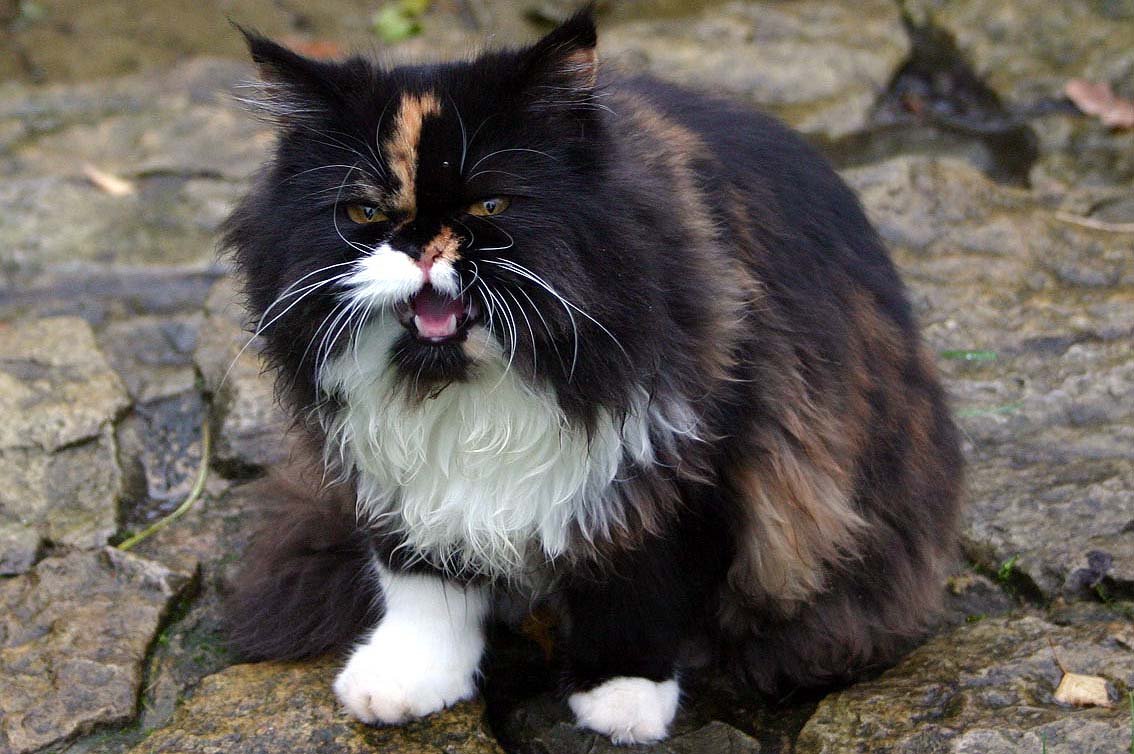
Persian cats are famous for their flat faces, a feature known as brachycephalic. This trait, while adorable, can lead to several health issues. Their shortened nasal passages can cause breathing difficulties, especially in hot or humid weather. It’s crucial to keep their environment cool and well-ventilated.
Moreover, their eyes are prone to tearing, which can lead to staining around their eyes. Regularly cleaning their eyes with a damp cloth can help manage this issue. Understanding these unique features will help you provide better care and address any potential health concerns early.
Dietary Needs and Considerations
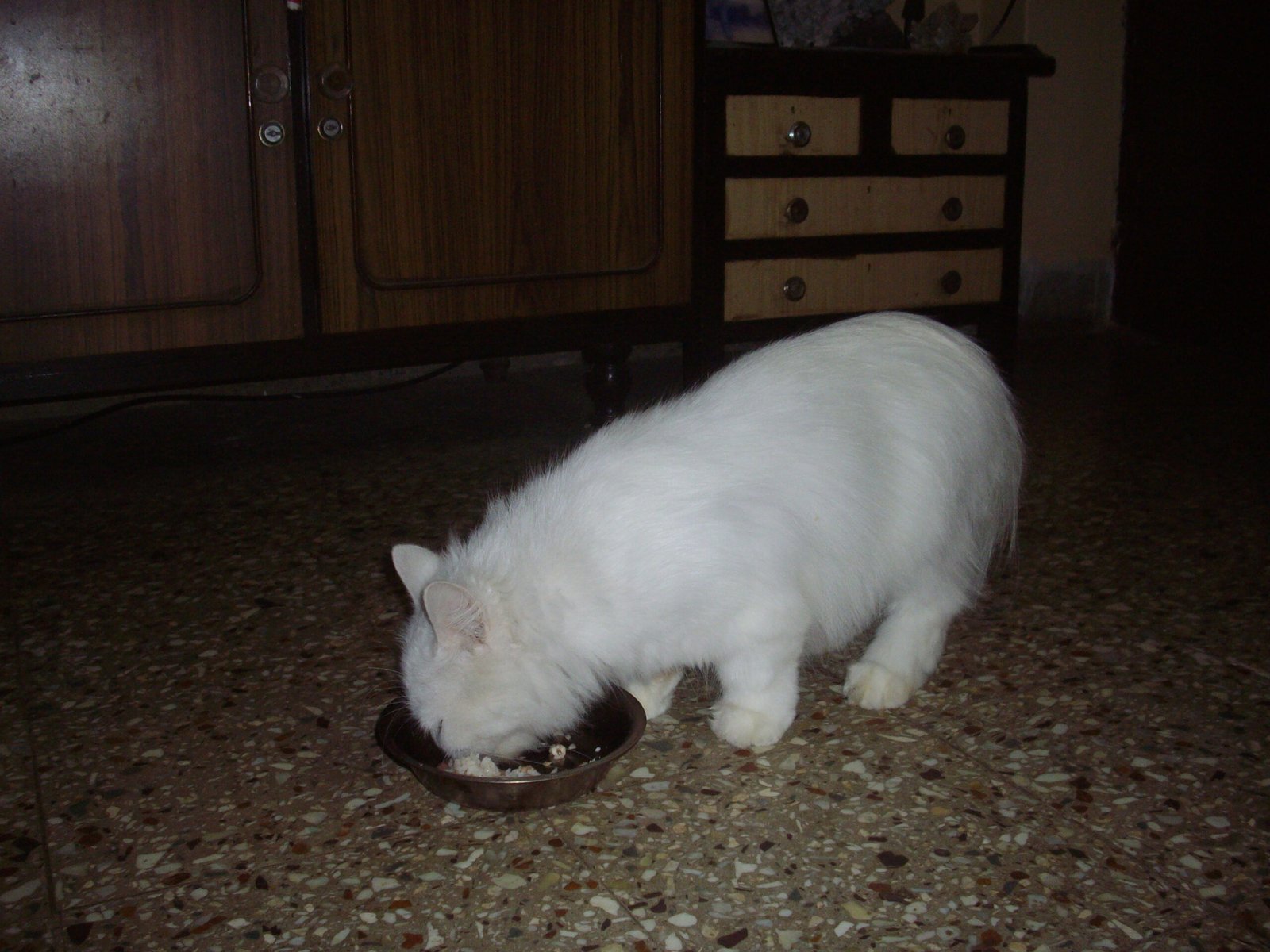
Feeding a Persian cat requires some special attention. Their flat faces can make it challenging to pick up food, so consider using shallow dishes to make mealtime easier for them. High-quality cat food is essential to ensure they get the necessary nutrients. Look for foods rich in Omega-3 and Omega-6 fatty acids, which are beneficial for their skin and coat health.
It’s also vital to monitor their weight. Persian cats can be prone to obesity, which can exacerbate breathing issues and put them at risk for other health problems. Regular vet check-ups will help ensure they maintain a healthy weight and get the right balance of nutrients.
Regular Health Check-Ups
Regular veterinary visits are crucial for Persian cats. Their unique physiology makes them susceptible to specific health issues, such as polycystic kidney disease and heart conditions. Early detection is key to managing these problems effectively. Your vet can also provide guidance on vaccinations and parasite prevention.
In addition to routine check-ups, keep an eye out for any changes in behavior or appearance. If your cat seems lethargic, has difficulty breathing, or shows any signs of discomfort, it’s essential to seek veterinary advice promptly. Being proactive about their health will ensure they lead a long, happy life.
Creating a Comfortable Living Environment
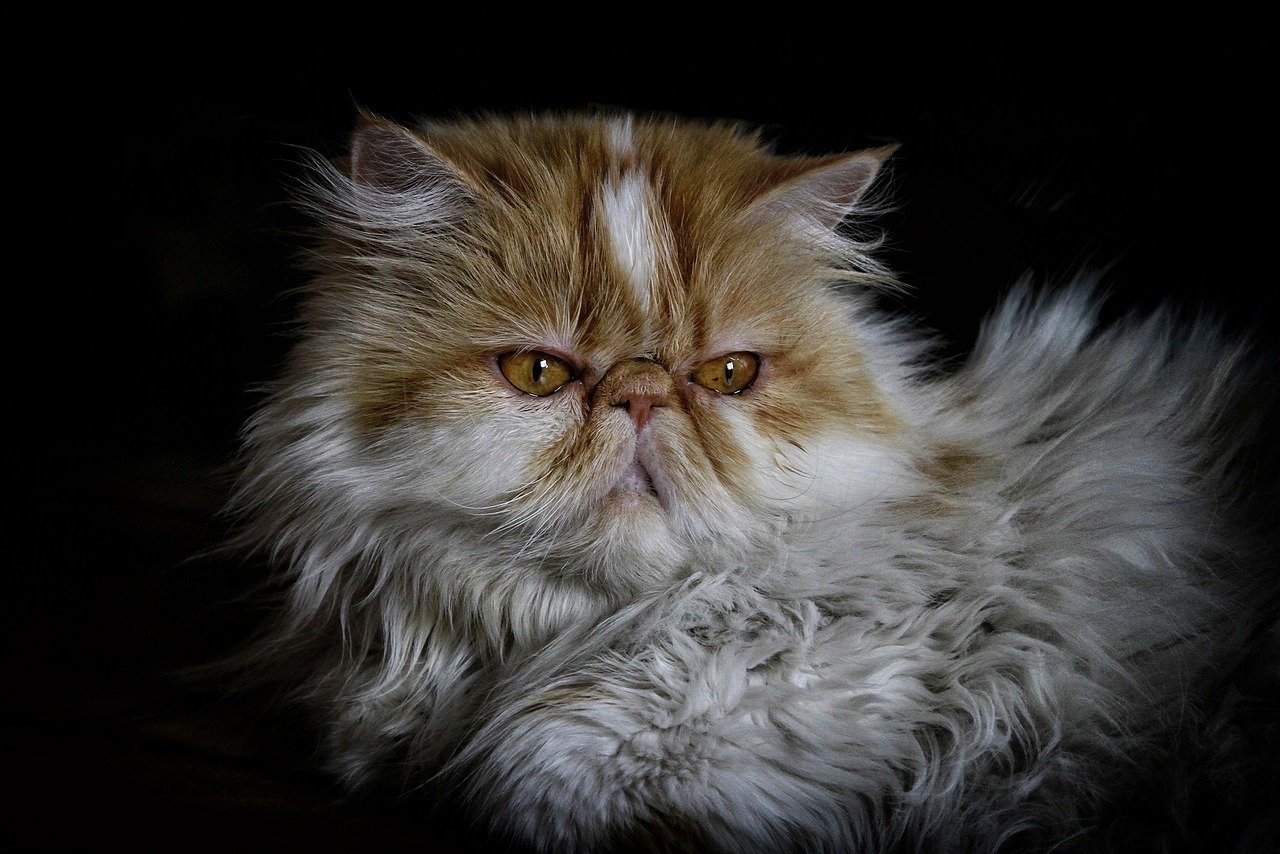
Persian cats thrive in a calm and stable environment. They are not the most active of breeds, preferring leisurely lounges in sunny spots over chasing toys. Providing them with comfortable resting areas and places where they can retreat to when they feel like having some alone time is important.
Consider investing in cat-friendly furniture, like a sturdy scratching post or a cozy cat tree. These spaces will not only keep them entertained but also give them a sense of security. Remember, a happy environment leads to a happy cat.
Socialization and Interaction
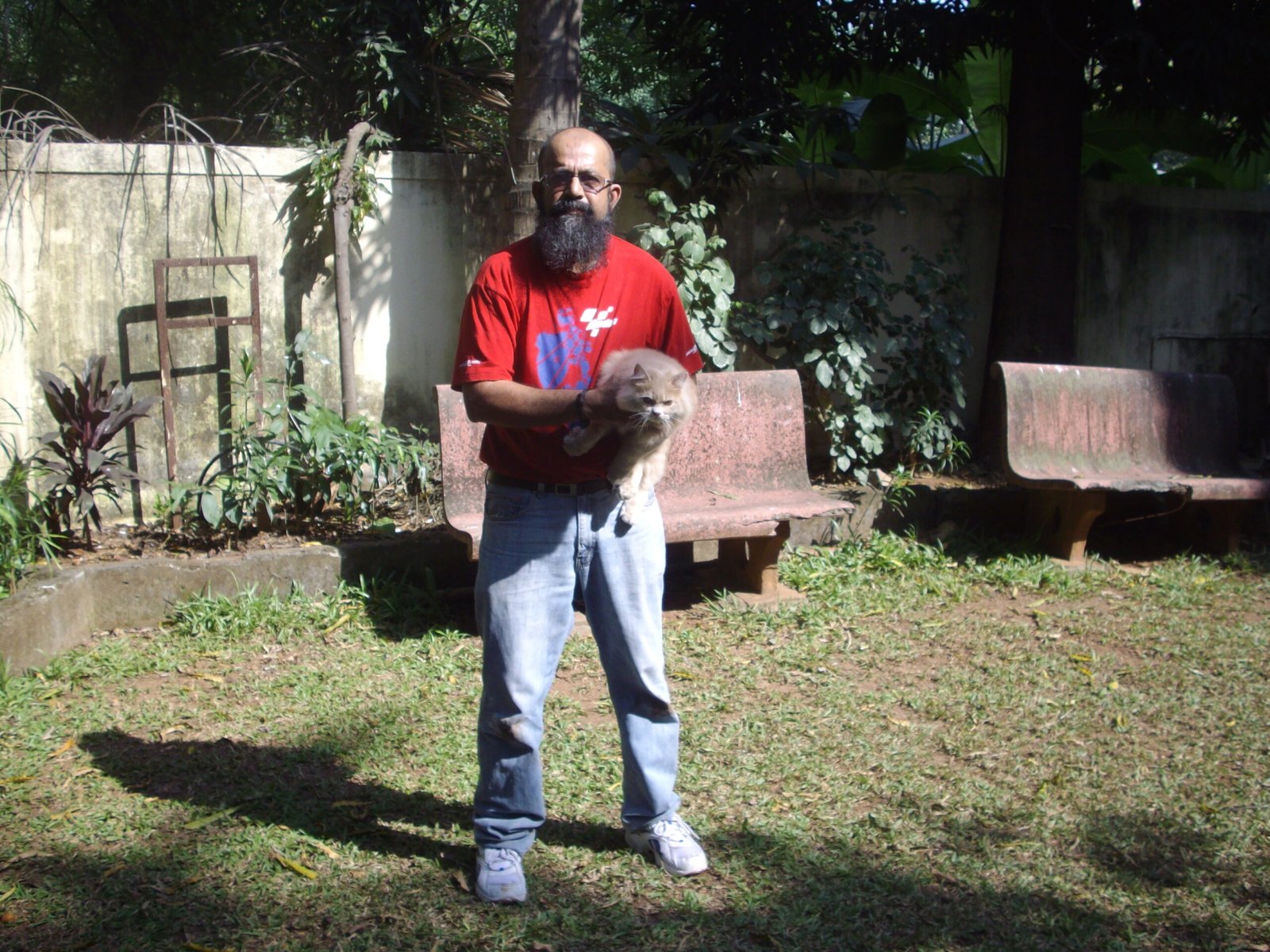
Despite their regal appearance, Persian cats are social creatures who enjoy the company of their humans. They may not demand attention like some other breeds, but they appreciate gentle interaction and affection. Spend time playing with your cat, even if it’s just a few minutes a day. It will strengthen your bond and provide them with mental stimulation.
Introducing them to new experiences and people should be done gradually. They might be shy or reserved at first, but with patience, they can become comfortable and even curious about their surroundings. Understanding their social needs will help in nurturing a well-adjusted cat.
Litter Box Maintenance
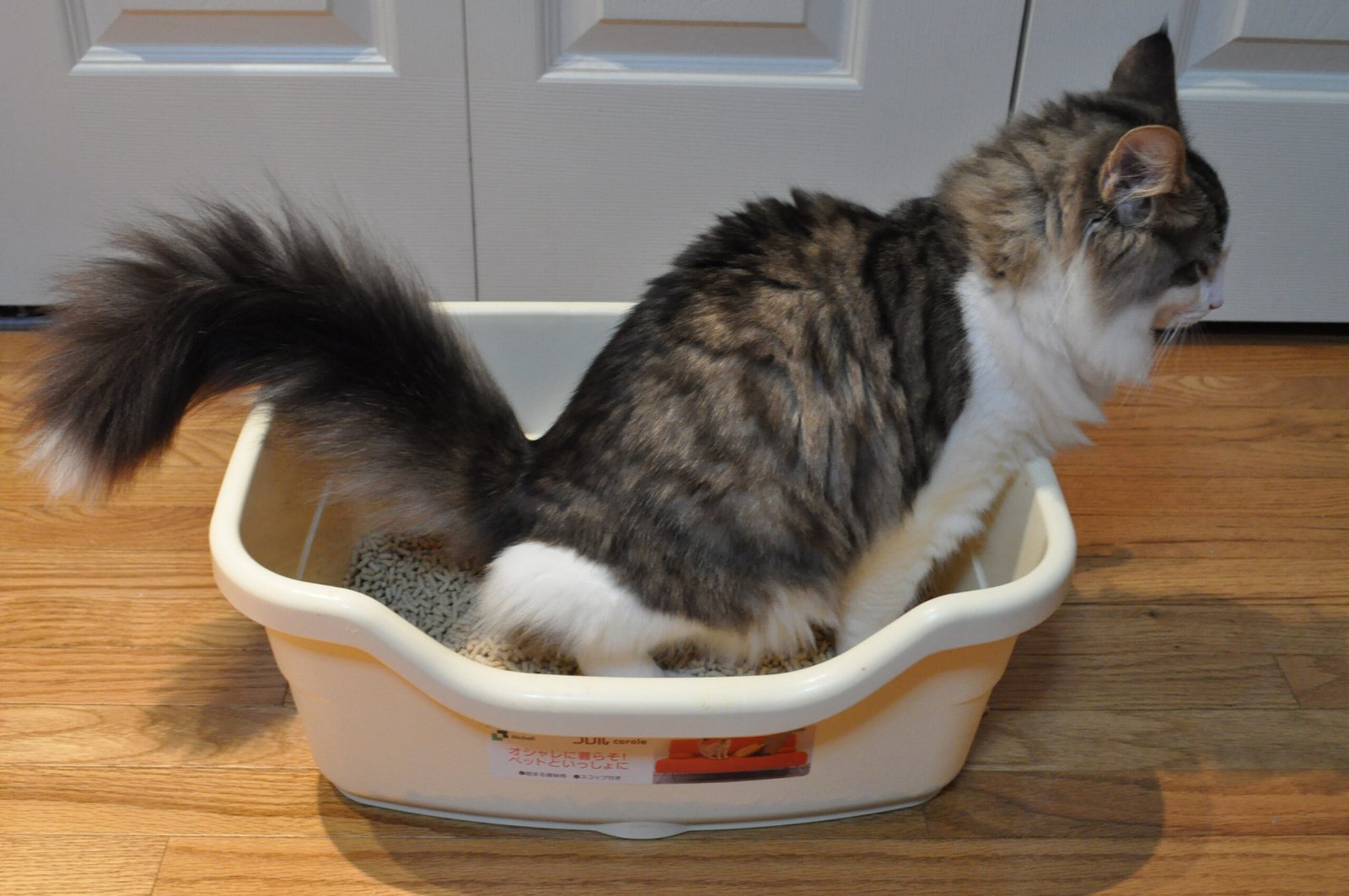
Persians are known for their cleanliness, and maintaining a clean litter box is crucial. Their long fur can easily pick up debris, and they might avoid using a dirty box. Ensure the litter box is cleaned regularly and placed in a quiet, accessible location.
Choosing the right type of litter can also make a difference. Some owners find that clumping litter is easier to manage, while others prefer natural, dust-free options to avoid respiratory issues. Pay attention to your cat’s preferences, as this can impact their comfort and willingness to use the litter box consistently.
Understanding Their Temperament
Persian cats are known for their calm and gentle nature. They are not typically vocal or demanding, making them excellent companions for those seeking a peaceful pet. However, their laid-back demeanor doesn’t mean they don’t have preferences or dislikes. Understanding your cat’s personality can help you cater to their individual needs.
While they may not be as adventurous as other breeds, they do enjoy exploring their surroundings at their own pace. Respect their space and autonomy, and you’ll find that they will reward you with their affection and trust. Recognizing and appreciating their temperament will help in building a loving and lasting relationship.
In conclusion, Persian cats are truly a delightful addition to any household. Their elegance and charm are unmatched, but they do come with specific care requirements. By understanding these essential aspects, you can ensure a fulfilling and harmonious life with your Persian companion.

Esther is from India; the heartbeat of South Asia, holding a Master’s degree in Zoology and a postgraduate diploma in Animal Welfare. Her enthusiasm for animal welfare drives her passion and dedication to working for animals, ensuring their well-being, and advocating for their rights. With a solid academic background and hands-on experience, she is committed to making a positive impact in the field of animal welfare. In her free time, she enjoys embroidery and sewing. As a Chennaite from Tamil Nadu, Esther loves Bharathanatyam, an Indian classical dance form.





